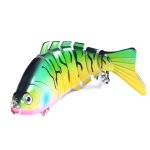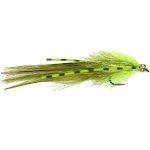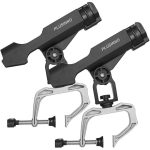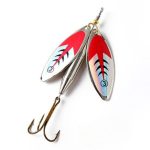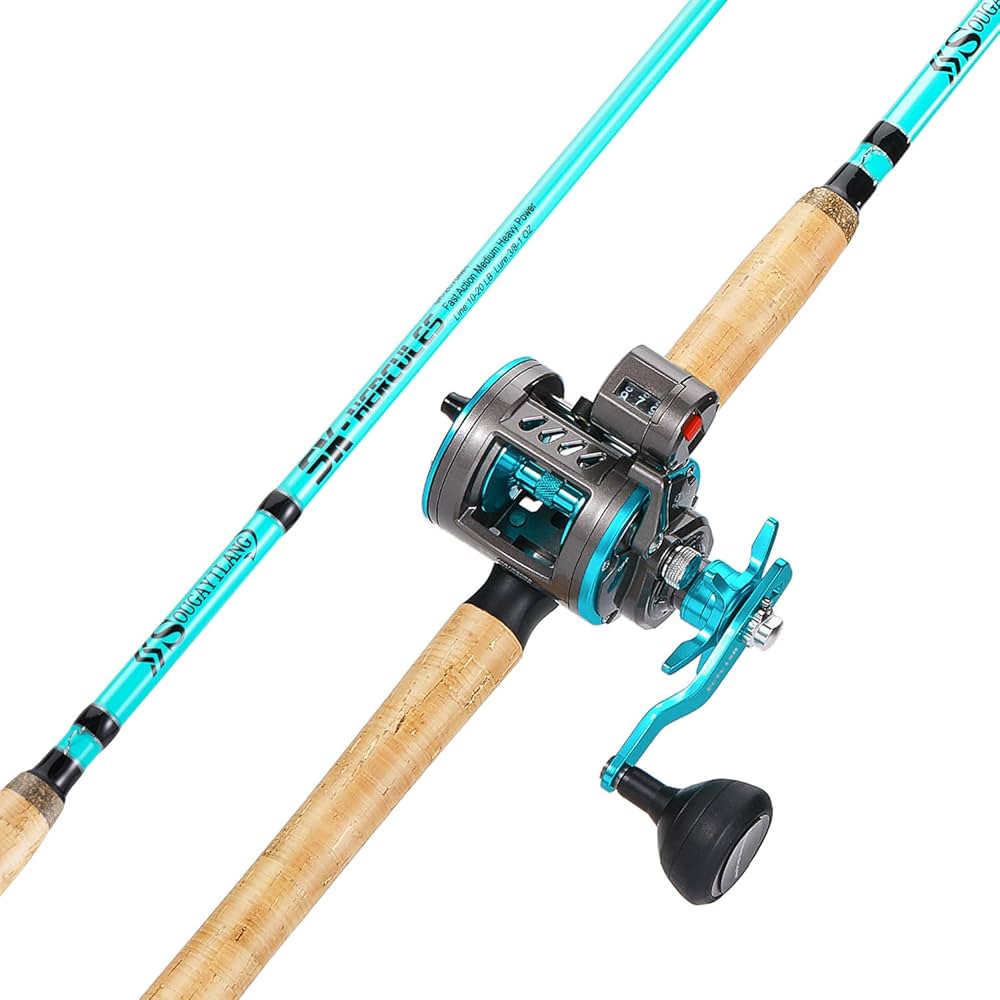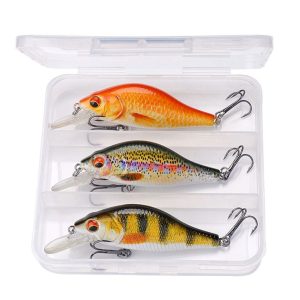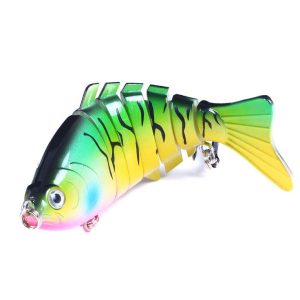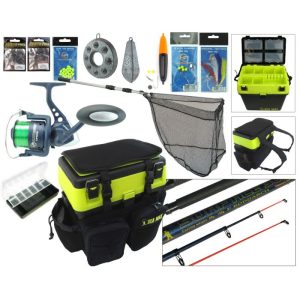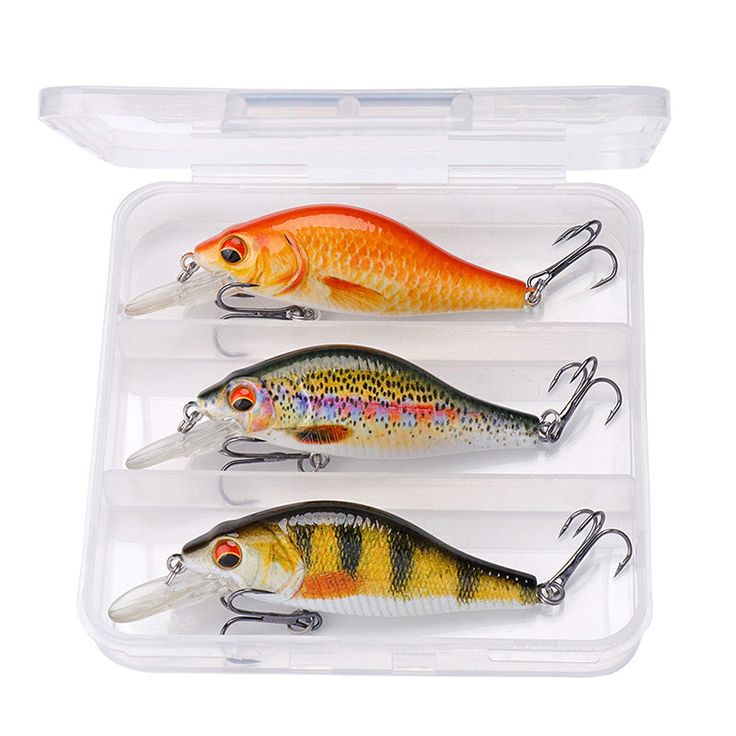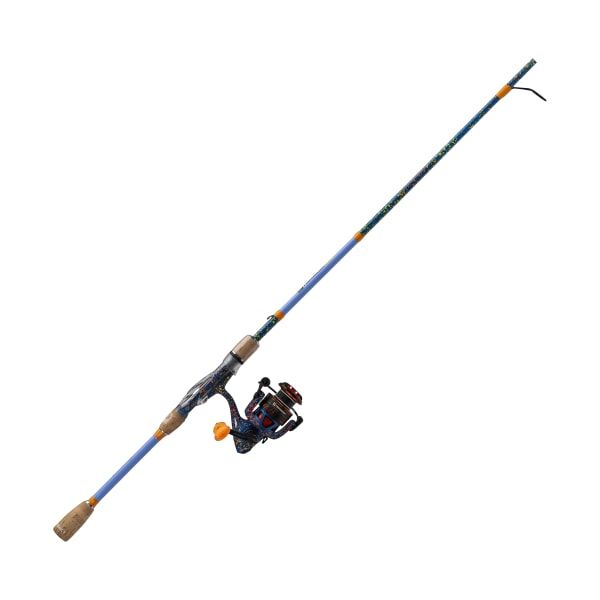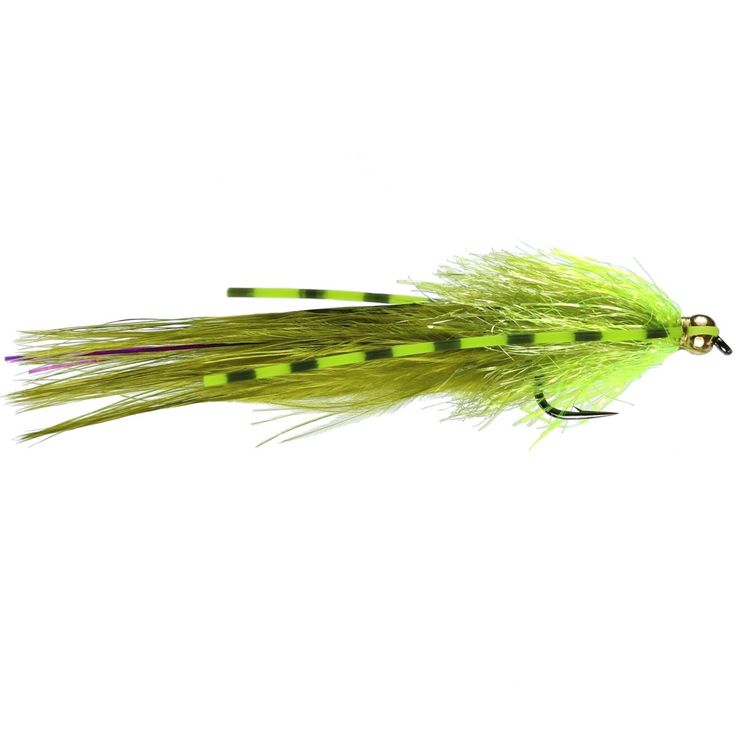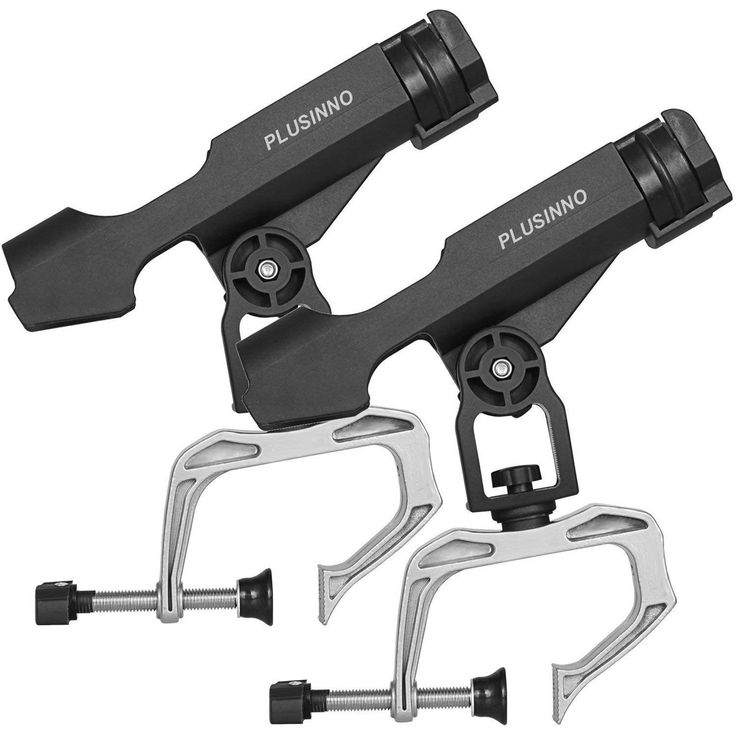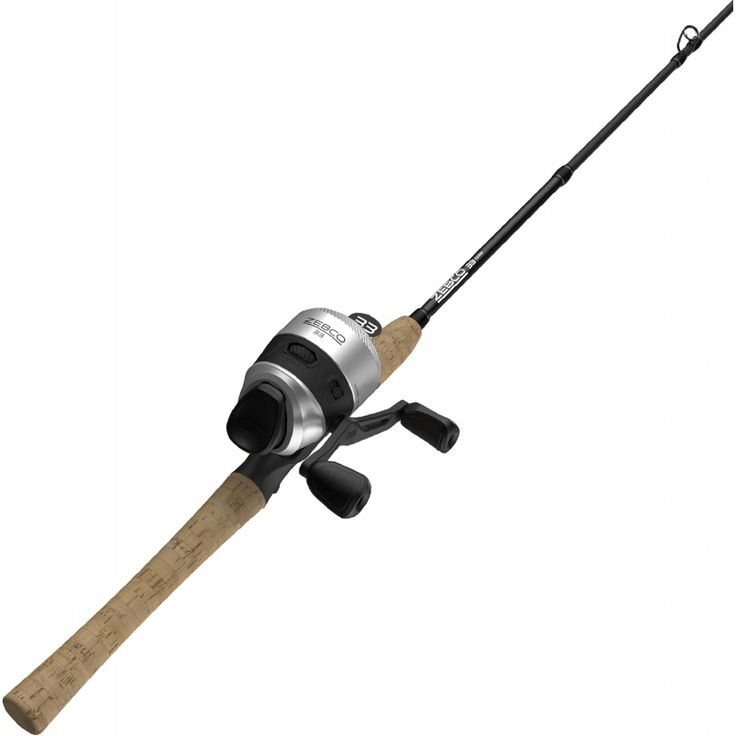Importance of Choosing the Right Inshore Fishing Rod
Selecting the right inshore fishing rod is crucial for any angler. The proper rod enhances your fishing experience. It provides the sensitivity to feel delicate bites and the strength to reel in the catch. There are various inshore rods on the market. Each one serves a purpose depending on the fishing conditions and target species. A well-chosen rod ensures comfort during long hours of fishing. It also improves casting accuracy and lure presentation. It’s not just about having a good day on the water. The right rod can mean the difference between a successful catch and a missed opportunity. Moreover, quality rods can withstand the harsh saltwater environment. This resilience protects your investment from wear and tear. In summary, investing time in choosing the right inshore fishing rod pays off. It leads to better performance, more enjoyable fishing trips, and potentially more impressive catches.
Key Factors in Selecting the Perfect Inshore Fishing Rod
When choosing the perfect inshore fishing rod, several key factors come into play. These factors will affect your comfort, casting ability, and overall success on the water. Balancing these elements is essential for finding a rod that matches your fishing style and the conditions in which you fish. In this section, we will delve into the importance of rod length, the intricate relationship between rod power and action, and the critical aspect of material and build quality.
Understanding Rod Length
Rod length is a fundamental aspect when selecting an inshore fishing rod. It influences casting distance and accuracy. Short rods offer better control for quick, short casts, especially in tight spaces. They are great when precision is needed. On the other hand, longer rods allow for longer casts and are often used in open water where more ground needs to be covered. However, they are generally less accurate. The ideal rod length depends on the fishing environment and personal preference.
The Role of Rod Power and Action
The power of a rod refers to its strength or lifting capability. It ranges from light to heavy, with each level suited to different sizes of fish and baits. The action of a rod indicates how much the rod bends when pressure is applied. Fast action rods bend primarily near the tip, while slow action rods bend down into the butt section. Fast action rods are typically better for quick hook sets, whereas slow action rods are more forgiving with lively baits.
Material and Build Quality
The materials from which an inshore fishing rod is constructed determine its durability and performance. Composite, graphite, and fiberglass are common materials, each offering unique benefits. Graphite is lightweight and sensitive, perfect for detecting subtle bites. Fiberglass is tough and can handle heavy loads. Composite rods blend both materials for a mix of sensitivity and strength. High-quality build and construction will ensure your rod withstands the tests of time and use. Selecting a rod with good build quality will save you from future expenses and provide a consistently reliable fishing experience.
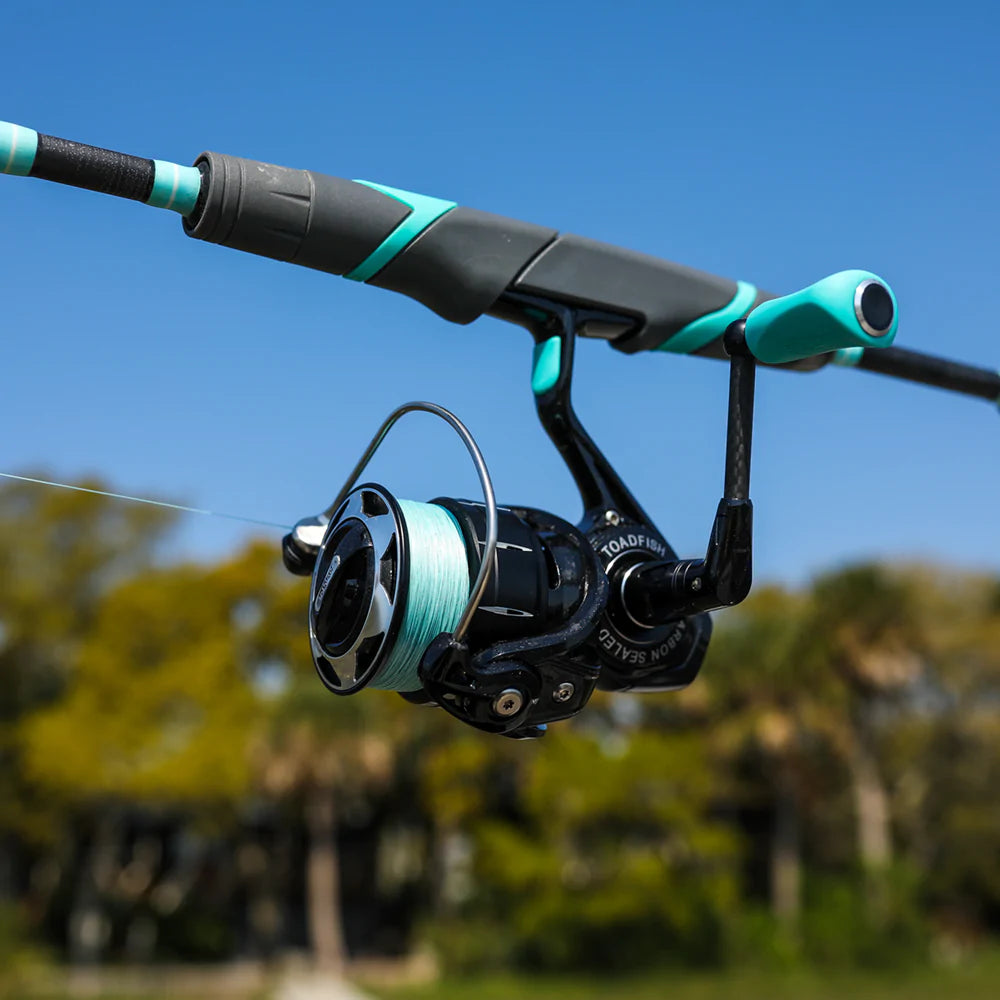
Types of Inshore Fishing Rods
When exploring the variety of inshore fishing rods, mainly two types stand out: spinning rods and baitcasting rods. Each type offers unique advantages depending on the angler’s skill level and the fishing method preferred.
Spinning Rods vs Baitcasting Rods
Spinning rods are known for their ease of use, making them ideal for beginners. They have a fixed spool and are less likely to create a tangled mess known as a ‘bird’s nest’. Their design allows for accurate casting of lightweight lures and bait. Baitcasting rods, in contrast, cater to more experienced anglers. They offer greater control and precision. With these rods, you can place baits accurately and handle heavier lures. However, they require practice to master, as the spool turns during the cast, which can lead to tangles if not managed correctly.
Specialty Rods for Specific Species
Apart from general spinning and baitcasting options, there are inshore fishing rods designed for targeting specific species. These specialty rods cater to the unique demands of fishing for particular types of fish. For instance, rods for flats fishing are different from those used for chasing redfish in the surf. They have modifications in length, power, and action to maximize effectiveness against the intended catch. Choosing a rod tailored to the species you’re targeting can make a significant difference in your fishing success.
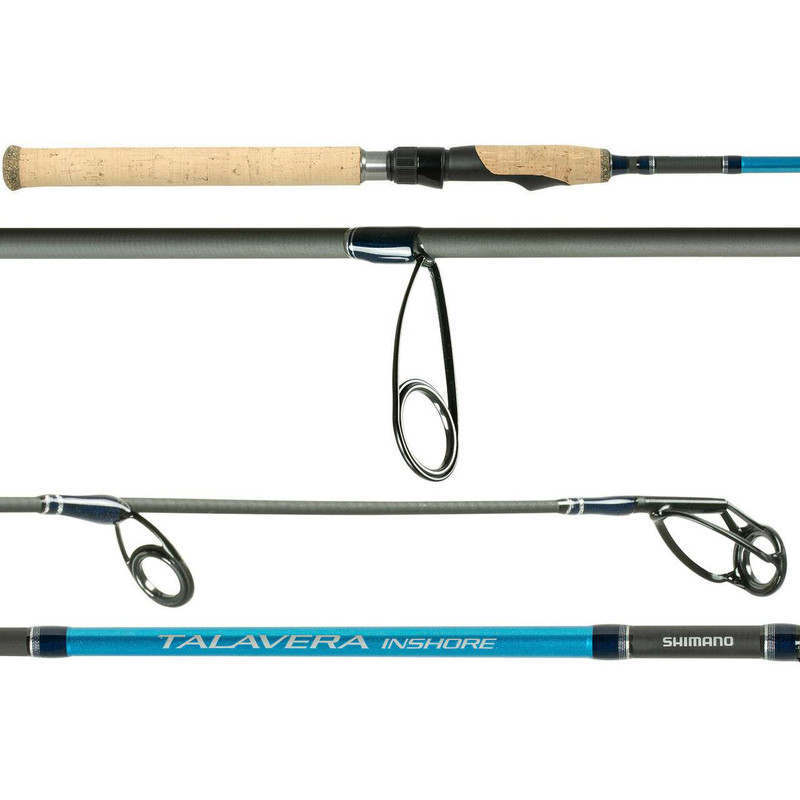
Features to Look For in an Inshore Fishing Rod
When you’re in the market for an inshore fishing rod, it’s not just the type or material that matters. You must also consider the features that will enhance your fishing experience. A comfortable grip, high-quality guides, and a compatible reel seat are all critical elements. They can greatly impact your comfort and effectiveness on the water. Below we’ll explore why these features are so important and what to look for.
Grip and Handle Comfort
The grip of your inshore fishing rod is your direct connection to the rod, and ultimately, the fish. A comfortable handle is crucial, especially for long days on the water. Look for grips made from materials like cork or EVA foam, which offer a firm yet comfortable hold. The shape of the handle should fit naturally in your hand, allowing for a relaxed grip without any strain. Consider the length of the handle as well – longer handles help with casting distance, while shorter ones offer more control for precise casts.
Guide Quality and Spacing
Guides, the rings on the rod through which the fishing line is threaded, are essential for smooth casting and reeling. High-quality guides reduce friction, prevent the line from tangling, and endure the corrosive effects of saltwater. Look for rods with guides made from durable materials, such as stainless steel or ceramics. Equally important is the spacing of the guides. Properly spaced guides distribute the stress along the rod evenly, resulting in better rod performance and fewer broken lines.
Reel Seat and Compatibility
The reel seat is where the reel attaches to the rod. A good reel seat should be sturdy, corrosion-resistant, and easy to adjust. It’s important that the reel fits securely, with no wobble or play, to ensure efficient energy transfer during casting and reeling. Check that the reel seat is compatible with the type of reel you plan to use – whether it’s a spinning or baitcasting reel. A secure fit maintains the balance of the rod and helps with sensitivity, allowing you to feel even the slightest nibble.
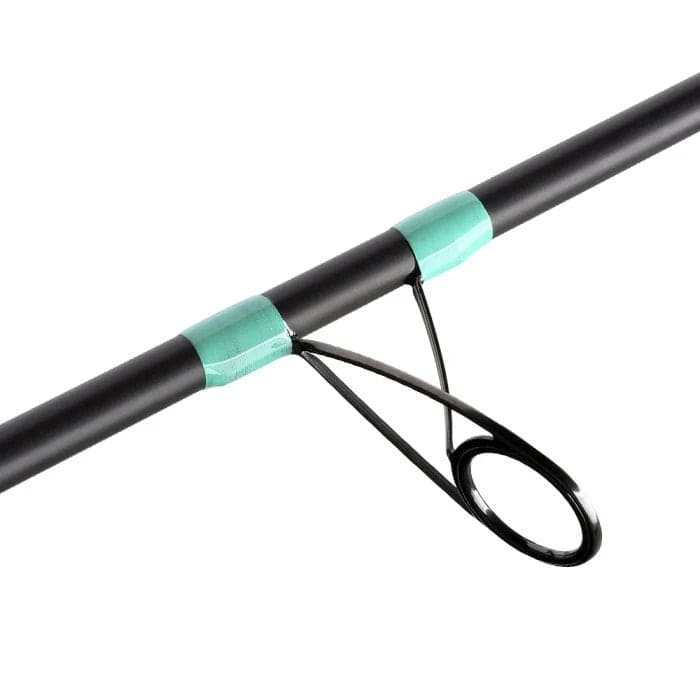
Top Inshore Fishing Rods in the Market
When seeking to invest in an inshore fishing rod, it’s crucial to know the top contenders. Renowned for performance, durability, and angler satisfaction, several inshore rods stand out. These rods have been tried and tested by countless fishing enthusiasts. Here, we’ll discuss some of the popular models that have received acclaim in the angling community.
Reviews of Popular Models
- Model X Spinning Rod: Often touted for its exceptional balance and sensitivity, the Model X is a favorite. It features a high-quality cork grip and is built with a graphite composite that offers a perfect blend of strength and flexibility.
- Elite Angler Baitcaster: This rod is praised for precision and control. With a robust reel seat and advanced guide spacing, it’s built for seasoned anglers who demand the most from their gear.
- Saltwater Pro Spin Rod: Known for its impressive casting distance, the Pro Spin boasts a sleek design. It has an EVA foam handle and stainless steel guides, making it both comfortable and corrosion-resistant.
- Inshore Classic Series: A versatile choice, the Classic Series is adaptable across various species. It offers a range of rod lengths and actions to suit any inshore scenario and is noted for its durability.
- Redfin Specialist Rod: This one is specifically crafted for anglers targeting redfish. It offers a specialized action and power to handle the fight redfish are known for. Additionally, it’s constructed with top-notch materials to withstand the saltwater environment.
These models are just a starting point. They have earned their stripes for reliability and user satisfaction. Any angler looking for an inshore fishing rod should consider these stellar options. Remember, the best fishing rod is one that not only fits the technical requirements but also feels right in your hands.
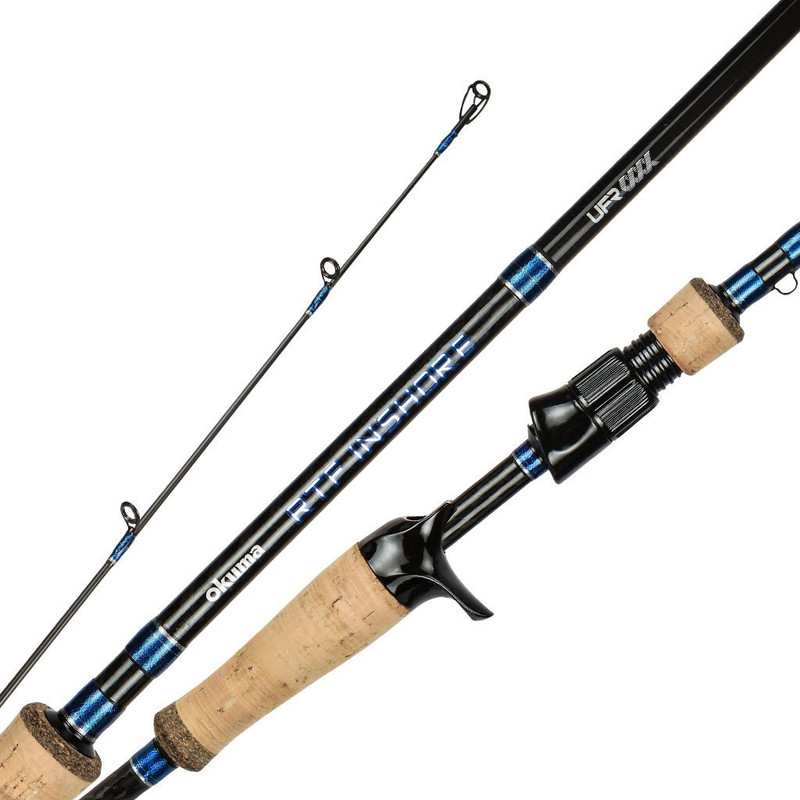
Caring for Your Inshore Fishing Rod
Taking good care of your inshore fishing rod extends its life and maintains performance. Proper rod care involves regular cleaning and checks for damage. Whether you’ve invested in a top-tier rod or a budget-friendly option, maintenance is key. Below are actionable tips to help keep your rod in prime condition.
Maintenance Tips
Firstly, rinse your rod with fresh water after each use. Saltwater can corrode metal components over time. Dry the rod with a soft cloth to remove any remaining moisture. Secondly, inspect your rod regularly. Look for signs of wear, such as cracks in the rod blank or loose guide rings. If you notice damage, repair it promptly to avoid further issues. Thirdly, use a protective rod sleeve when transporting your rod. This prevents scratches and dents. Lastly, apply oil to the reel seat to prevent it from becoming stuck or corroded.
Proper Storage
Storing your inshore fishing rod correctly is just as important as regular maintenance. Always store your rod in a cool, dry place away from direct sunlight. Heat and UV exposure can weaken the rod materials. Horizontal storage racks prevent the rod from bending over time. If you must store the rod vertically, ensure the tip is up to avoid pressure on the more delicate parts. Never store your rod fully rigged to prevent the line from becoming stretched or damaged.
By following these care and storage tips, you ensure your inshore fishing rod’s longevity. A well-maintained rod continues to deliver the performance needed for successful fishing outings.
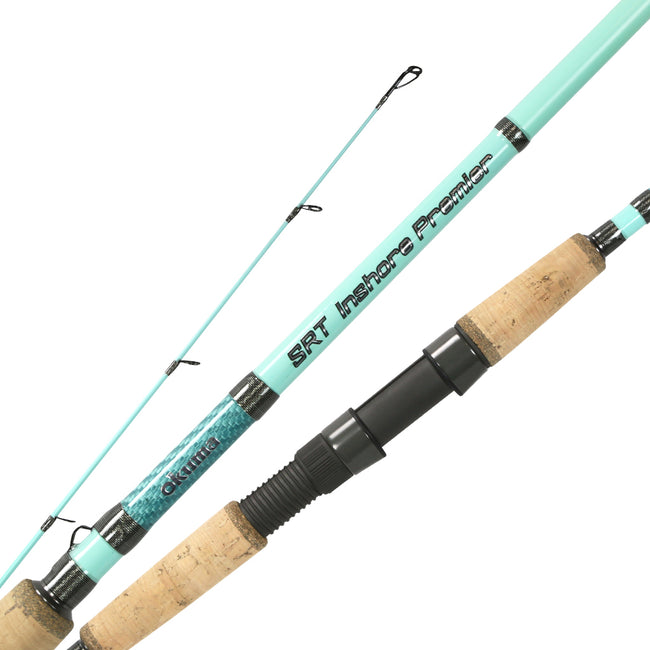
Final Tips for Buying an Inshore Fishing Rod
When wrapping up your search for the perfect inshore fishing rod, keep these final tips in mind. They’ll help you make a well-informed decision and ensure that you get the best value and performance for your investment.
Where to Shop
You can buy inshore fishing rods at various places. Outdoor sporting goods stores often have a wide selection. Local fishing shops provide expert advice and may offer try-before-you-buy options. Online retailers boast extensive collections and convenient home delivery. For hands-on experience, testing the rod’s feel at the store is beneficial. However, online reviews can guide your purchase if you shop digitally. Always check customer feedback and ratings when purchasing online.
Understanding Rod Warranties
Rod warranties offer peace of mind but vary widely. Some manufacturers provide a lifetime warranty; others cover only certain issues or for a limited time. Be sure to read the warranty terms carefully. Understand what is covered and for how long. Knowing the process to claim a warranty is also key. Save your purchase receipt and warranty information. In case of defects or early wear, this documentation will be vital for a hassle-free warranty claim. A good warranty can safeguard your investment, so consider it as part of your purchasing decision.

